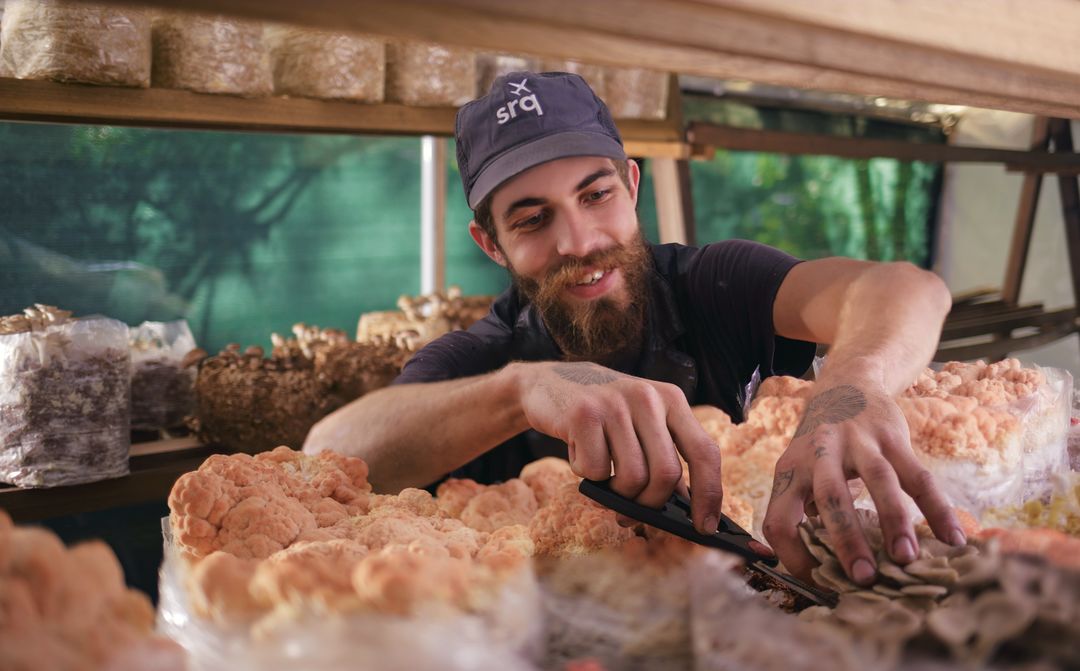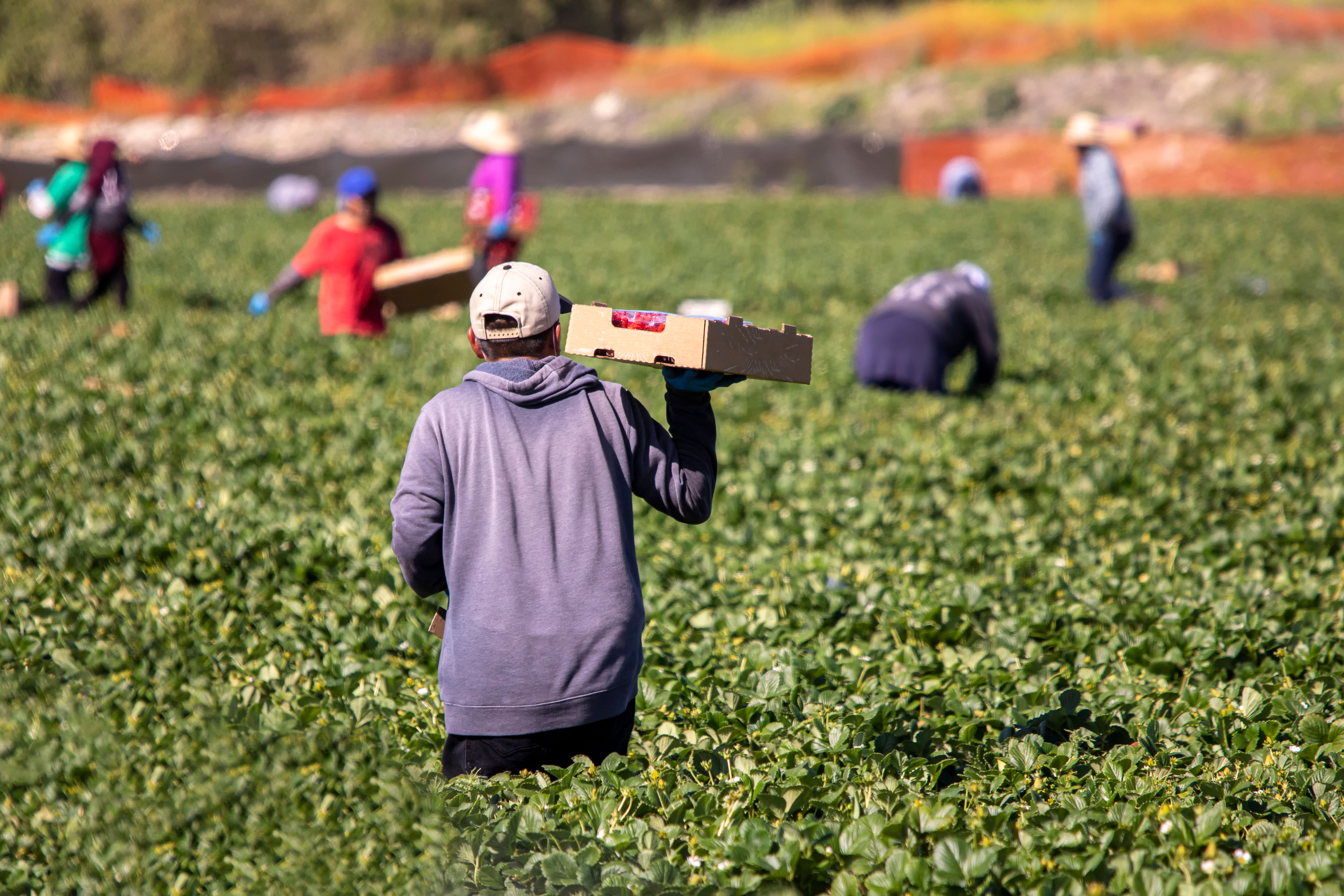Gulf Coast Mushrooms Grows Edible Fungi in Gillespie Park

Gulf Coast Mushrooms co-founder Ian Niblock.
Image: Evan Sigmund
Pinning down the particulars of Gulf Coast Mushrooms presents challenges. One of the company’s three founders, Meli, won’t call me back and doesn’t want her photo taken or her last name used. Another founder, Robert Kelly, who lives in a tent in a friend’s back yard, is vague about his age. “Twenty-seven or -eight or -nine,” he says when I ask. “I’m not sure. I think 28.” I ask if there are any regulations that dictate who can grow mushrooms or how. Ian Niblock, 25, the company’s third founder, shrugs. Who knows?
Here’s what we do know: Meli, Kelly and Niblock grow and cultivate shiitake mushrooms; pink, blue and golden oyster mushrooms; and lion’s mane mushrooms. They also produce grow-your-own kits. You can find their fungi at the downtown Sarasota farmers’ market, at Jessica’s Organic Farm, at the downtown Bradenton farmers’ market and in a couple of Tampa Bay markets.
The process starts in a jerry-rigged warehouse space in Gillespie Park, a residential neighborhood on the edge of downtown. The downstairs is lined with sterilizing equipment and dozens of small glass jars. Upstairs, the walls are covered with thick, clear plastic sheeting. In one corner, a pane of plastic with a small hole for hands keeps the inoculation space clean. Here, mycelium—thread-like mushroom filament—is mashed into sawdust that’s stuffed into tall plastic bags. The bags, which have a small filter patch that allows gas in and out, are sealed and set on the many metal racks. Over time, small fuzzy globes of white begin tunneling out of the sawdust. Eventually, the sawdust turns almost entirely ivory. Later, in a 34th Street greenhouse, those globes will grow into mushrooms in a rainbow of colors and varieties.
Like the trio behind Gulf Coast, mushrooms themselves are mysterious. Scientists consider them closer to animals than plants, but they have a classification all their own. And because they break down dead organic matter, which enriches soil, it’s said that life on earth couldn’t exist without them. They’re also complex and finicky. From sawdust to fruit, they require constant care and attention. “There’s a lot going on,” Niblock says. “You have to live with these guys.” Niblock grew up in Sarasota, but got into growing mushrooms after spending a year on a North Carolina farm that cultivated mushrooms grown on logs.
Kelly says he fell in love with mushrooms after teaching himself to identify different psychedelic, edible and medicinal varieties. Identifying mushrooms led him to educate himself to spot plants of all types. “It opened me up to the natural world,” he says. Kelly, Niblock and Meli connected through mutual friends at New College and the now-closed North Trail student hangout Big E’s. Meli suggested joining forces to begin growing edible mushrooms. “I was all about it,” Kelly says.
The three originally sold their mushrooms at the downtown Sarasota farmers’ market through Peter Burkard’s longtime stand. In May, Gulf Coast broke away to open its own downtown stall.
Some details about the trio’s operations may be hazy—including how much they make—but you can’t deny the flavor of the mushrooms they produce. Sautéed over very low heat with a dash of chopped garlic, their oyster mushrooms taste both delicious and otherworldly. Perhaps I don’t need to know more than that.



